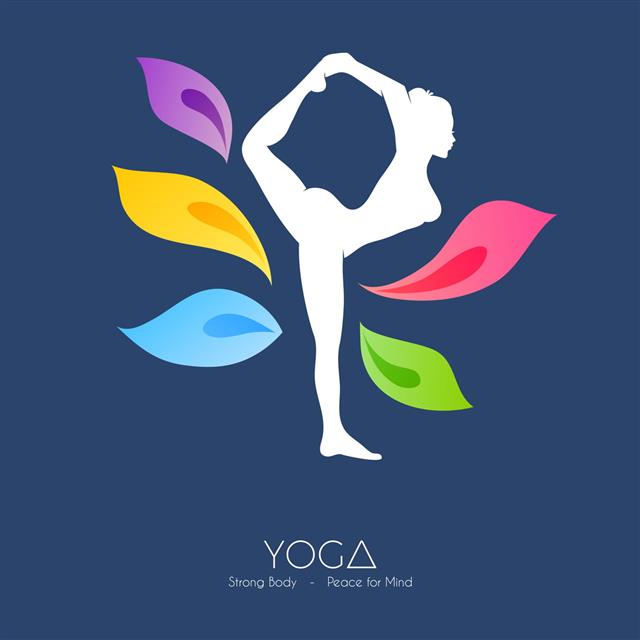
For people who have recently sustained a knee injury or are affected by knee joint problems, the best leg exercises are the ones that put minimal stress on the knee joint. The following write-up provides information on some of these exercises.
The knee joint is a hinge joint that comprises bones (thighbone, shinbone, and kneecap), cartilage (hyaline cartilage and menisci), tendons, ligaments, and muscles. These anatomical structures need to work in tandem for performing any activity that involves the knee joint. If the muscles, ligaments, or tendons get damaged due to repeated stress or trauma, the affected individual is likely to experience pain while performing any activity that requires him/her to bend, flex, or rotate the knees. Majority of leg exercises that help tone the body would require a person to bend the knees. Does that mean that it is impossible for people with bad knees to follow a workout routine?
Though a knee injury or medical condition that restricts the range of motion of the knee could considerably limit your ability to perform intense workouts, you can still perform certain low-intensity leg exercises. However, it would be best to refrain from performing any exercise that puts stress on the knees.
Exercises for People with Bad Knees
Before you perform these leg exercises, ensure that you do warm-up stretches for at least 15 minutes. It is extremely essential to be aware about the exercises that you need to avoid. Deep squats and lunges, which are considered to be the best exercises for lower body, should not be performed by people with bad knees. If your knees are affected by an injury, ensure that your knees do not bend beyond your toes while performing any exercise. This is to avoid putting stress on the kneecap, as that would worsen the condition of the knee. You shouldn’t experience pain when you exercise. If you do, consult a physiotherapist.
Calf Raise

This is a simple exercise that can be performed by people with bad knees. Here are the steps to perform calf raise:
➞ Stand straight and place your hands on a wall or a chair for support.
➞ Position your feet in such a way that there’s a distance of hip width between the two legs.
➞ Keep your toes straight.
➞ Slowly raise your heels off the floor so that you are on your tiptoes.
➞ Lower your heels slowly and repeat these steps around 10-15 times.
➞ Do at least 3 to 4 sets for 4 days in a week.
Standing Quadriceps Stretch

Performing the quadriceps stretch with both knees flexed can put a lot of stress on the knee joint. You could perform a standing quadriceps stretch to strengthen the knee muscles. Here are the steps that you need to follow:
➞ Stand straight. You could stand close to a wall for balance.
➞ Bend the left leg at the knee, and raise the heel towards the buttocks.
➞ Hold the left ankle with your left hand, and pull it nearer to your body.
➞ You must feel a stretch in the front of your thigh as you pull your heel closer to your body.
➞ Stay in this position for 20 seconds.
➞ Repeat this exercise with your right leg.
➞ You can perform 2 to 3 repetitions of this exercise.
Straight Leg Raise While Lying Down

Straight leg raise is one of the knee strengthening exercises. Here are the instructions for performing this exercise:
➞ Lie on your back on the floor. Position your arms close to the body, so as to support your torso.
➞ Bend one of your legs at the knee, while ensuring that the foot is flat on the floor.
➞ The other leg, which is to be kept straight, should be raised about 6-7 inches off the floor.
➞ Ensure that you tighten the thigh muscle while raising this leg.
➞ Stay in this position for at least 5 seconds, and lower the leg slowly.
➞ Repeat this exercise 10 times. You can do 3 sets of 10 repetitions.
Seated Straight Leg Raise

This exercise can be performed by people who are affected by joint problems. It helps to strengthen the quadriceps muscles. Here are the steps that need to be followed:
➞ Sit on the floor, with your legs extended straight, and your hands on the sides. You could sit against a wall for support.
➞ Bend your right knee, and bring your right foot closer to your body.
➞ Tighten the thigh muscles of the left leg.
➞ Lift your left leg about 6-7 inches off the ground.
➞ Stay in this position for five seconds. Slowly lower your leg to the start position.
➞ Repeat this 10 times with each leg. You can do 3 sets of 10 repetitions.
Straight Leg Raise While Seated on a Chair

Straight leg raise can also be performed while sitting on a chair. Here’s what you need to do:
➞ Sit upright on a chair, with knees slightly bent, and both the feet touching the ground.
➞ Extend your right leg and straighten it, while ensuring that the heel is still touching the ground.
➞ When you extend your right leg, make sure that you tighten the quadriceps of the right leg.
➞ Raise your right leg about six inches above the floor and hold it in this position for 5-10 seconds.
➞ Lower the leg gently.
➞ Repeat this 10 times with each leg.
Partial Squats

While deep squats must be avoided as these can put pressure on the knees, people with bad knees can perform partial squats. Here are the steps that you need to follow:
➞ Stand straight with your feet about hip width apart.
➞ Toes should point forward and your back should be straight.
➞ Lower your body as if you are about to sit on a chair.
➞ You can bend the hips, but the back and the stomach should be kept straight.
➞ Lower your body partially. Unlike a full squat that involves a 90 degrees bend in the knee, bend your knees to 20 or 45 degrees. Come back to the original position.
➞ Repeat this exercise 10 times.
Hamstring Curls

As the name suggests, this exercise targets the hamstrings. Here are the steps that need to be followed:
➞ Stand up straight, and place your hands on a wall or the back of a chair for balance.
➞ Tighten the hamstring muscles in one of the legs, and bend.
➞ Bend the knee and raise your heel as far as you can towards the ceiling.
➞ Stay in this position for 5 seconds. Lower your leg.
➞ Repeat this exercise 10 times.
These were a few leg exercises that can be performed by people with bad knees. If you have sustained an injury or are affected by joint problems, it would be best to consult a physiotherapist before performing any of these exercises. Don’t forget to perform warm-up exercises or light activities before starting new exercises. Make sure that you gradually increase the number of exercises, and sets or repetitions. Understand your body’s condition, and don’t include strenuous physical activities or exercises in your workout routine. Last but not the least, keep a tab on your weight, as your legs, especially your knees will be under undue stress if you are overweight.
Disclaimer: This HealthHearty article is for informative purposes only, and should not be used as a replacement for the advice of a fitness expert.



